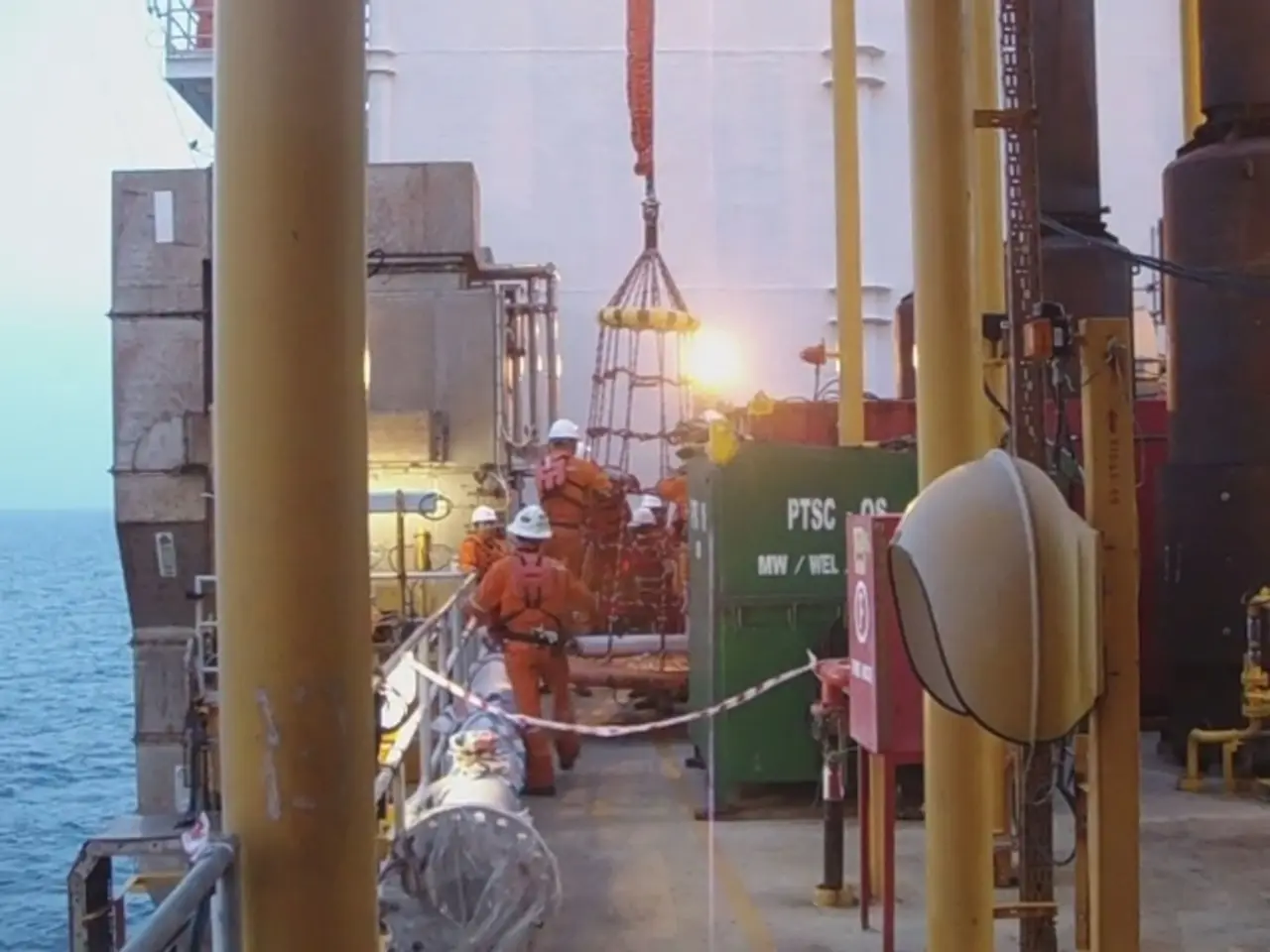SpaceX's Starship Flight 9 exhibits significant advancement, despite encountering problems during reentry.
The world witnessed another milestone in space travel on Tuesday evening, as SpaceX successfully launched its ninth test flight of Starship, the world's largest and most powerful rocket, from SpaceX's Starbase in Texas.
This flight, which marked the first time a Super Heavy booster was reused, was a significant step towards booster reusability. The Super Heavy booster, Booster 14, successfully completed its ascent, boost-back, and an entry burn, re-entering the atmosphere at a higher angle of attack than prior flights. This was a deliberate test to explore using air resistance to slow the booster down and save fuel for future landings, possibly on drone ships.
However, despite these successes, the booster was lost before its planned splashdown in the Gulf of Mexico. A fuel system leak caused Starship to lose attitude control during its coast through space, preventing engine reignition, and the payload bay door failed to open, so the dummy Starlink satellites were not deployed. The vehicle ultimately broke up during re-entry.
Elon Musk, SpaceX's CEO, noted that there is a lot of good data to review from the flight. He also mentioned that leaks caused a loss of main tank pressure during the coast and re-entry phase. The data collected from the Super Heavy booster's descent will inform ongoing design improvements.
The FAA's confirmation of no injuries or damage to public property allows testing to continue unhindered. SpaceX's proactive approach to safety and post-flight investigation ensures that testing can continue without significant regulatory delays.
This flight demonstrated both progress and remaining challenges in booster reuse, engine reliability, and payload deployment systems. The successful reuse of Booster 14 underscored progress towards the goal of rapid, repeated reuse of launch vehicles, essential for Starship’s cost-effective access to orbit and deep space missions.
Testing the booster’s entry at a steep angle of attack to exploit aerodynamic drag is a novel step toward a future where the booster can land safely on ocean platforms, expanding recovery options beyond the landing pad. This could improve flight cadence and operational flexibility for Starship launches.
Although the upper stage failure prevented payload deployment and safe descent, the flight provided valuable data about engine leaks, attitude control failures, and re-entry breakup, guiding engineering improvements needed for reliable orbital flight, payload delivery, and safe recovery.
SpaceX aims to increase flight frequency, with plans for further Starship flights within months after Flight 9, indicating strong momentum despite setbacks. The latest flight comes after two previous test missions in January and March. Despite breaking apart during its descent into the Gulf of Mexico, Flight 9 saw Starship travel further and operate longer than either of its predecessors.
In summary, the ninth flight validated booster reuse technologies and new aerodynamic landing methods, advancing SpaceX’s overarching objective of building a fully reusable, high-capacity vehicle for space travel to Low Earth Orbit, the Moon, and Mars—while also highlighting critical technical issues to resolve for mission reliability.
- This test flight demonstrated the potential of using air resistance to slow Super Heavy boosters for future landings, combining elements of space-and-astronomy, technology, and space travel.
- The valuable data collected from the flight will aid in engineering improvements for engine reliability, payload deployment systems, and booster reuse in the realm of science and technology, essential for cost-effective access to orbit and deep space missions.




